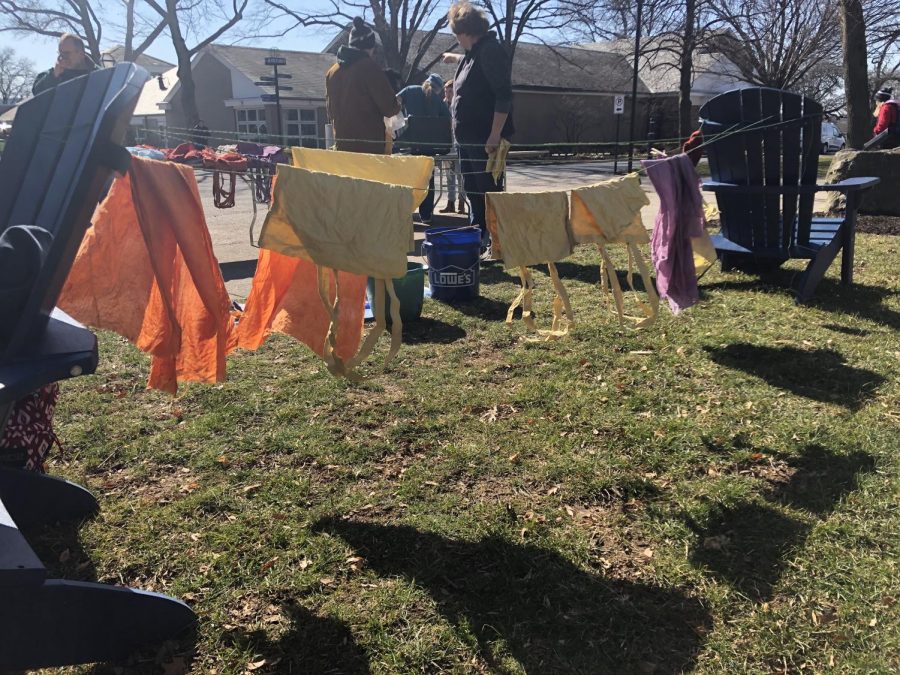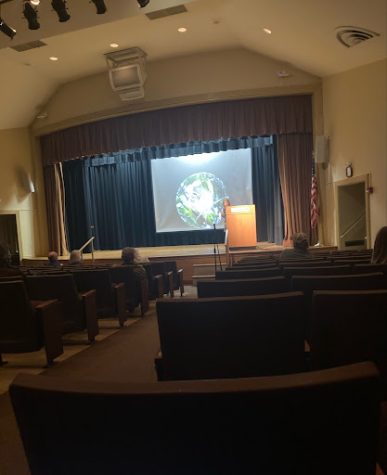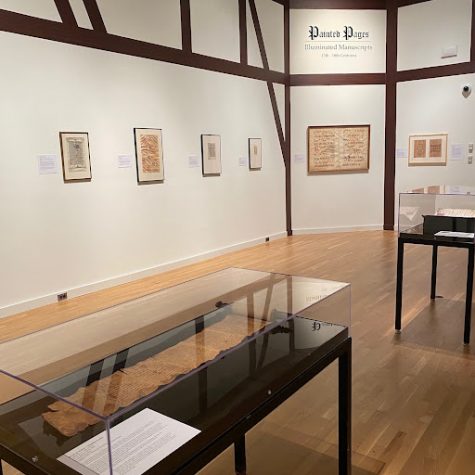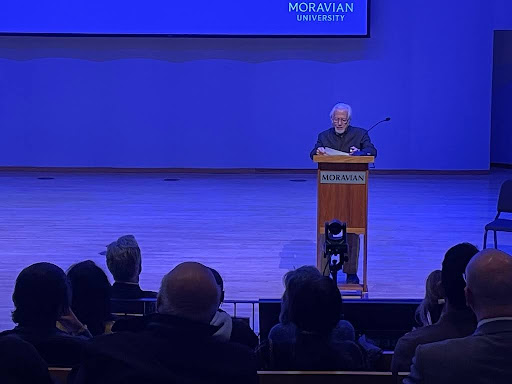History: Something to “Dye” For
When thinking about learning history, people tend to picture two different scenarios: they’re either sitting in a boring old classroom learning basic facts about America over and over again or watching the History Channel showcase aliens and American Pickers every other show.
Students and faculty in the history department at Moravian, myself included, however, believe history can be interactive and informative and educational — and fun.
To that end, Moravian has begun offering a course called Experimental Archaeology, which is taught by Dr. Sandy Bardsley and Dr. Jamie Paxton.
In this class, students and faculty alike experiment with many things, including natural dyes.
Bardsley chooses to do a lot of natural dyeing herself because she believes it recreates and brings awareness to the process our ancestors went through just to get a specific color for their garments.
As part of the course, for the second time Bardsley and Paxton offered a History Dye-Out last week, a campus-wide demonstration of the traditional natural dyeing process and got the Moravian community involved in doing it.
Bardsley explained that one of the main dyes used by our ancestors is a blue dye called woad, which is interesting because it looks green in the buckets. Its pale color does not need to be activated by heat, she said, but requires more manual labor to cause a chemical reaction that gets the preferred color. When initially submerged, the garment looks green until it oxidizes to blue.
Weld is a simple dye; it is a leaf that produces another ancient color — yellow — when boiled in water.
Bardsley went on to explain madder and cochineal.
One of the most popular of ancient dyes, madder is made out of crushed madder roots, which run red but can turn orange-brown if heated too quickly.
Cochineal may have been one of the prettiest colors at the event. This crimson red dye is made from the red dust that results when dried bugs are crushed. Bardsley said that one of the main questions that the class has to answer is why this beautiful crimson red color is highly valued compared to madder, and why is it so popular compared to the rest.
I attended the Dye-Out for the first time this year and was surprised by how much I learned in just an hour. I dyed a pair of crew socks and a tiny little flower, and both things turned out beautifully. As a history major, I not only appreciate how the event gives everyone a little insight to the department but also how history can be fun for anyone of any age.
The main goal of the Dye-Out is to have students outside of the history department understand the importance of how even the simplest things like dyes have developed over time, and how our lives have drastically changed since then.











